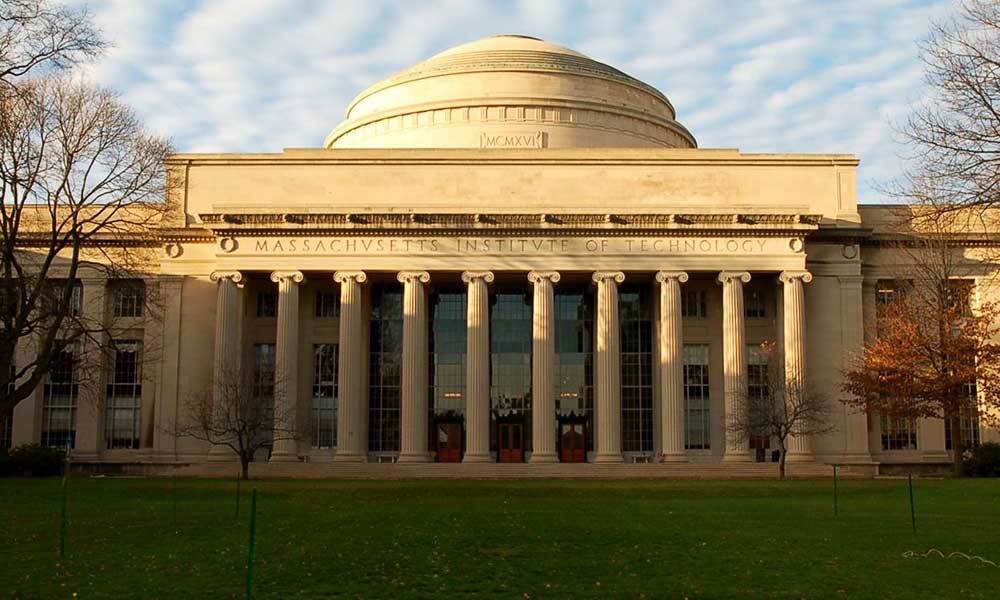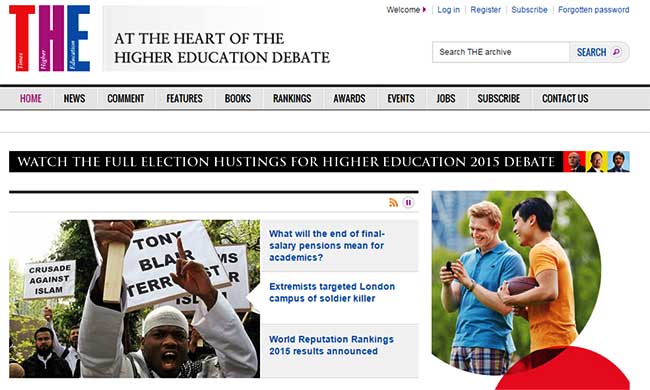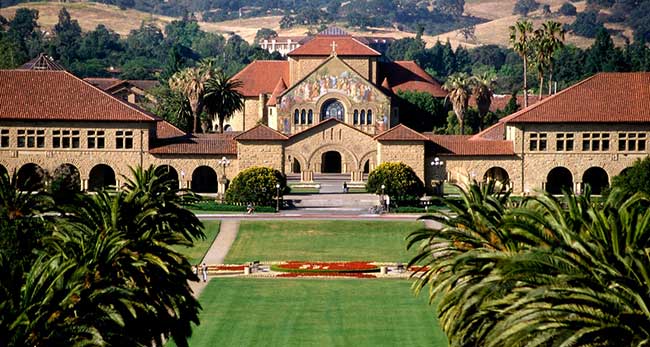The international rankings for universities across the world have listed Harvard, Cambridge and Oxford as the top three.
The list has been released by Times Higher Education (THE), a magazine in London that keeps a record of the education market scenario.
The magazine is also responsible for producing the World University Ranking for the past 11 years using the university’s academic citations and popularity for admissions as well as the number of faculty members who hold a Ph.D. in the institution.
13 different criteria are used to categorise universities where even senior professors from 140 different countries are asked to nominate some institutions, in their area of study that they consider to have the best departments in their field. This information collated in 15 languages, is further dissected into different disciplines, engineering, physical sciences, technology, social sciences, medicine and life sciences as well as humanities. Though the data is opinionated, the opinions are of those who have made a mark in the field of academics and are hence entitled to share their point of view.
The reputation a college/university possesses is instrumental in giving this global recognition and ranking as whenever the question of pursuing higher education comes into picture, it is the reputation that a university is marked with, which helps the person to decide his/her future career move. People in the business of education would also find it convenient to collaborate with universities that have a good market reputation. Students too decide on their choice of university through the reputation the university has made in the market. So, reputation has been the numerouno criteria for ranking universities for THE.
When a certain university ups the global ranking chart, the number of applicants and the kind of students enrolling themselves for courses in these institutes also goes up.
THE’s ranking can be called as the ultimate, definitive and one that holds much value in the global sphere since a survey of the scholars decides the status these universities share internationally.
It has been reported that this year’s rankings are a subsequent result of 10,500 responses from senior academicians and scholars who have been constantly working in the field of education for an average of 15 long years.
The ranking determines that American universities still tops the list closely followed by British schools. U.S. universities have made their mark in the list with 26 of them being a part of 50 top places while 43 of them being among the top 100.
However, some American universities such as the University of Michigan, University of Illinois as well as the University of Wisconsin-Madison and even the University of Texas which had been enjoying good positions in the global ranking since last year have dropped down owing to the funding issues in these institutions. UK on the other hand has been able to grab 12 of the 100 most renowned premier institutions in the world.
It seems that US and UK have collaborated a list of universities that have become ‘brand-names’ for education in the market with Harvard, Cambridge, Oxford, Massachusetts Institute of Technology, Stanford University and University of California, Berkeley constantly topping the list.
Germany and France have also put their stamp on the list with six of Germany’s and five of France’s institutions making it in the top 100 THE list.
Unfortunately, University of Tokyo and two Chinese universities have claimed their positions on the list among Asian countries but, India is still nowhere close to being among the top 100 in international rankings this year. This is so, despite the fact that 694 universities form the educational grid of India yielding around five million graduate students. IIT Guwahati that had made its mark in the THE list last year for top 100 universities has not found its place in the rankings this year, although things have been looking hopeful since the past few years when seventeen Indian universities climbed the ranking list of Asia top 300 of QS World University Rankings this year and in the QS ranking of the top 100 universities among Brazil, Russia, China, South Africa and India, 16 Indian institutions won the honour of being in the list with 5 of them among the top 20.
The Indian universities have been taking initiatives to improvise upon their research methodologies, foreign alliances and introducing other skill and talent developing initiatives in their curriculum so that they can revamp their old educational methods to meet similar criteria as the internationally recognized universities and their standards.
But, due to funding problems and unawareness about newer funding options like industry partners who can offer to fund a majority of the cost as it is done in the U.S., we lack better infraastructire for carrying out research and study patterns in most of the Indian universities. Foreign contracts by many universities and colleges in India have however, apparently helped them to offer both the students and the teachers an access to foreign resources and methods of research.
A clash between the public and private universities in India during the time of admission and the out-dated methods of teaching and research in many yesteryear colleges still lags in making the education an employment-friendly field. However, gradually these old universities are too trying to match up with the new ones by adapting the more innovative methods and moving on from familiar grounds. However, much is to be achieved before India makes it to the top spots in the most elite and globally acclaimed Times Higher Education survey list.








